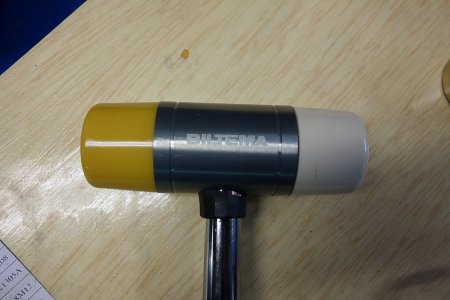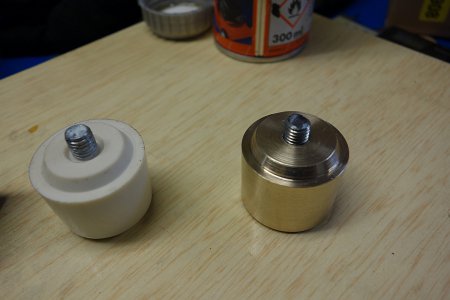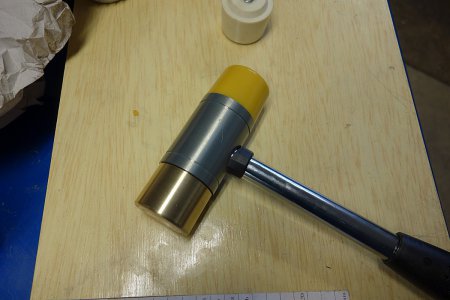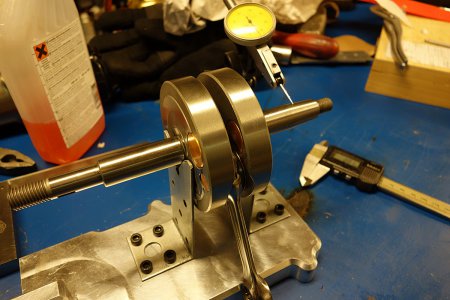- Joined
- Oct 9, 2014
- Messages
- 465
I made a fixture today for measuring the runout of a small cranshaft. I also modified a hammer by replacing a plastic end piece with a 35 mm solid brass bar. The hammer is used to punch the crank until the runout is 0,03 mm maximum (just above a thou). I was able to get i down to about 1/3 thou after a couple of attempts. The gauge reads 0,01 mm/division.








Last edited:


